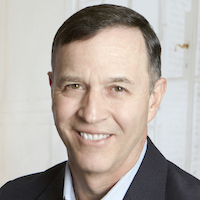How does a team get to play in the NCAA tournament? They don’t just buy plane tickets and arrive at the arena ready to play whoever else shows up. In fact, there is a rather rigorous process to determine who gets to play and what seed they are, which then determines who plays who. But before all of that, the team coaches and school officials decide who will be on their team. They conduct training camps and drills and practices. And they compete with other schools to recruit players. Then they determine the best players that will start, and the backup players who reinforce them. (Kinda sounds like competency evaluation, or project feasibility analysis.) Once the teams are set, a series of contests occurs with other teams. The better teams are invited to “show their stuff,” and the most successful teams move forward through the playoff rounds. Then two finalists face each other in the ultimate contest. There are many measureable parameters during all these contests, but the one that matters most is winning. (Kinda sounds like demonstrating your products to a prospective customer, or nibbling away at your competitors’ market share.) The two final teams may not have the best winning percentage and they may not have the best players in each (or any) measurable category. But these teams usually exhibit consistency over the course of the season and winning when it counts is the key to reaching the Finals. (Kinda sounds like the functional safety credo, when the system has to perform when needed.) How does a team accomplish this? It is either very lucky or the planning and execution steps it takes are laid out with measurable objectives and feedback to keep it on track. (Kinda sounds like process automation control, or creating a good development process.) Is it the coaching, or the players, or the school community support? I admit I am not a basketball junkie, and I don’t know. A star player might get you there once in a while, until he is injured or decides to play for another team. But I have observed that team leadership plays a big part in how often a team gets the chance to play in the Big Game.
How do you know when your company is the best is can be? How does your company compete and win market share? Does your company have a mission, and do the ‘team members’ know what this mission is? Does your company have a product development process that provides the verification and validation steps to assure functional safety objectives are met? The answers to these questions have to come from the top managers and leaders of the company. They steer the organization and develop the mission and goals.
Tagged as: John Yozallinas

